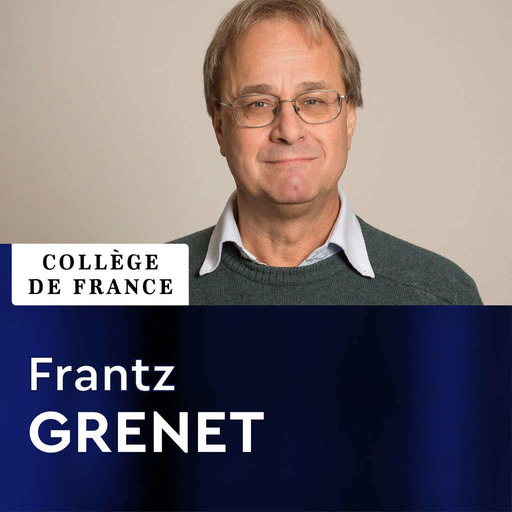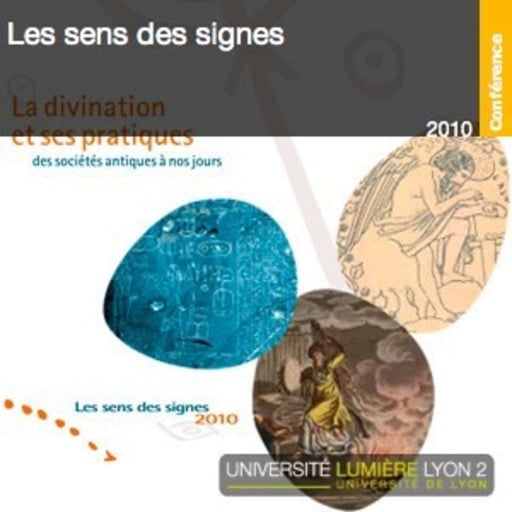Frantz Grenet
Collège de France
Chaire Histoire et cultures de l'Asie centrale préislamique
Année 2023-2024
Interweaving Eurasian Visual and Material Arts: Beyond Space and Time
Conférence - Mariachiara Gasparini : Interlocked Animals and the European Inheritance of Mongol Golden Weavings
Mariachiara Gasparini
Assistant Professor of Chinese Art and Architectural History, Department of the History of Art and Architecture, College of Design, University of Oregon
Résumé
Tracing back to the four interlocked ibexes walking in a circle that features the so-called "Hunt Patera" (in the Louvre Museum) from the temple of Baal at Ugarit, Syria, dated to the 14th-13th century BCE, this lecture discusses the original cosmogonic meaning of interlocked animal motifs, such as the three- or four-hare circle, which first appeared in a 6th century Buddhist cave in Dunhuang, Gansu Province, China, as a Buddhist Sinicization of a Turko-Iranian iconography. Three- or four-hare circles, as well as three or four-lion circles, eventually reappeared in Italian Christian architecture in the 12th century and spread again across Eurasia during the Mongol period through golden weavings, which in the 14th century began to be cataloged in Italian and French sources as nacchi or nachetti and nachis and naques respectively.


 Education
Education

